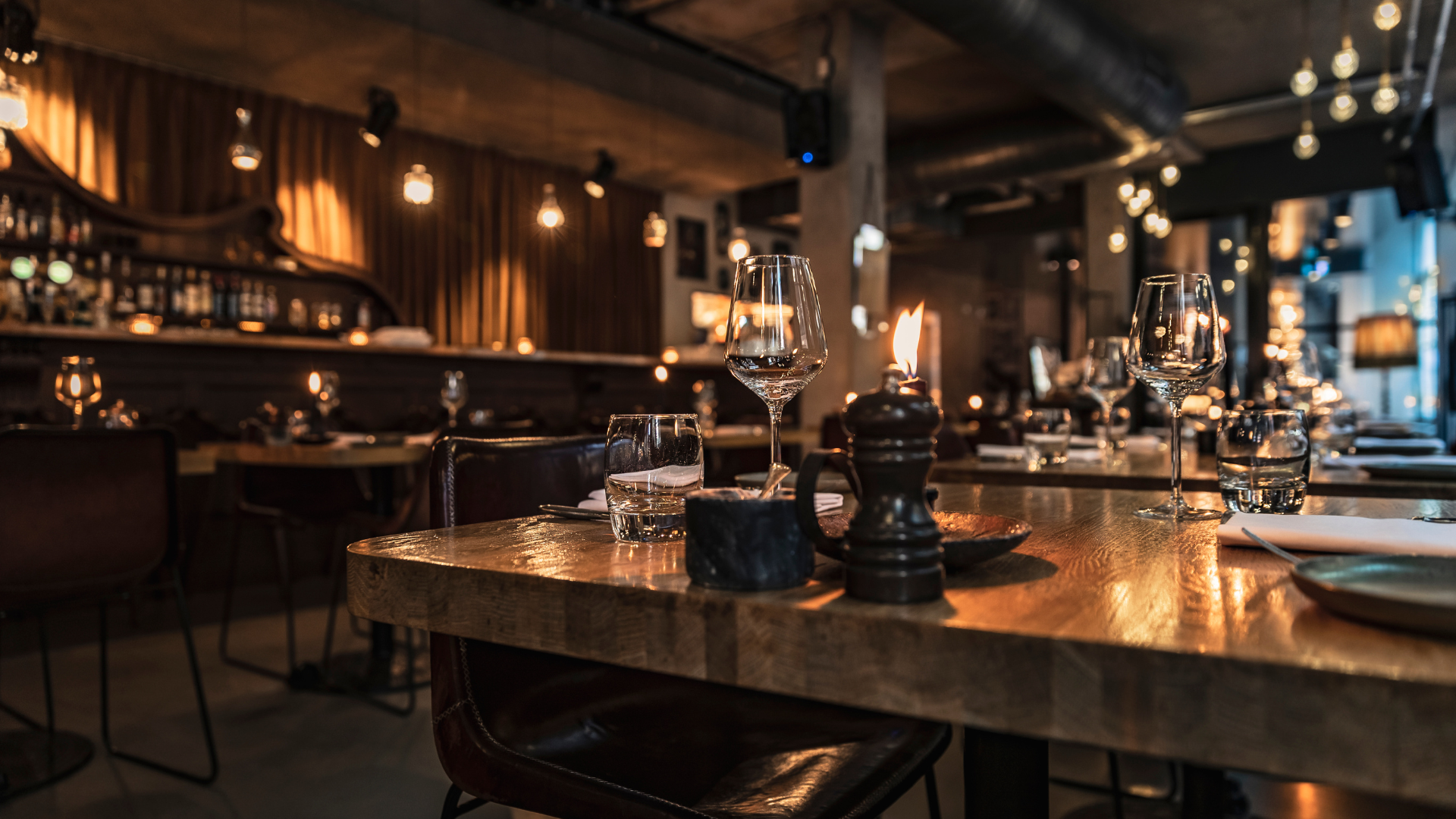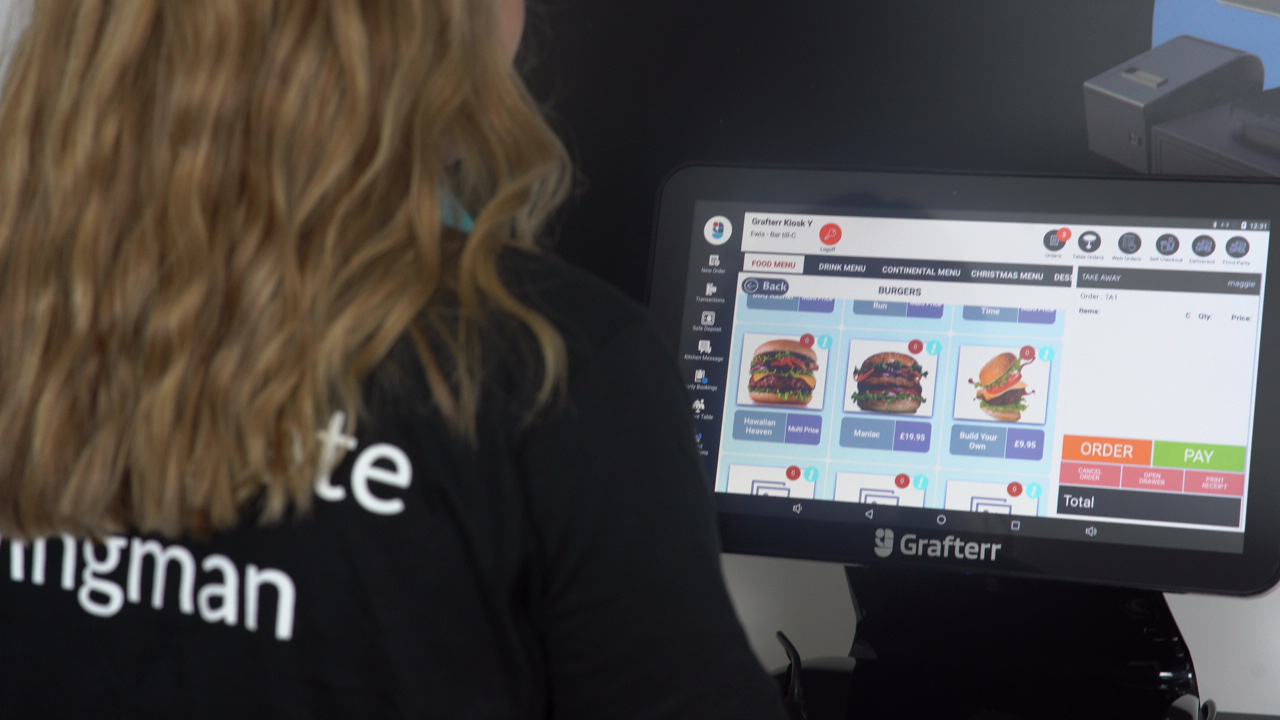The fast-paced environment of fast food restaurants can sometimes be overwhelming, leading to what is commonly referred to as “order anxiety.”
This phenomenon, where customers feel rushed or uncertain when placing their orders, can detract from the dining experience. However, the introduction of self-serve kiosks in the fast food sector presents a promising solution to this issue.
Understanding order anxiety
Order anxiety arises from the pressure customers feel to make quick decisions at the counter, compounded by the presence of a queue behind them. This stress can lead to dissatisfaction with their choices or even deter them from visiting a restaurant. The traditional counter-ordering model, while efficient, does not always cater to the needs of those who require more time to decide.
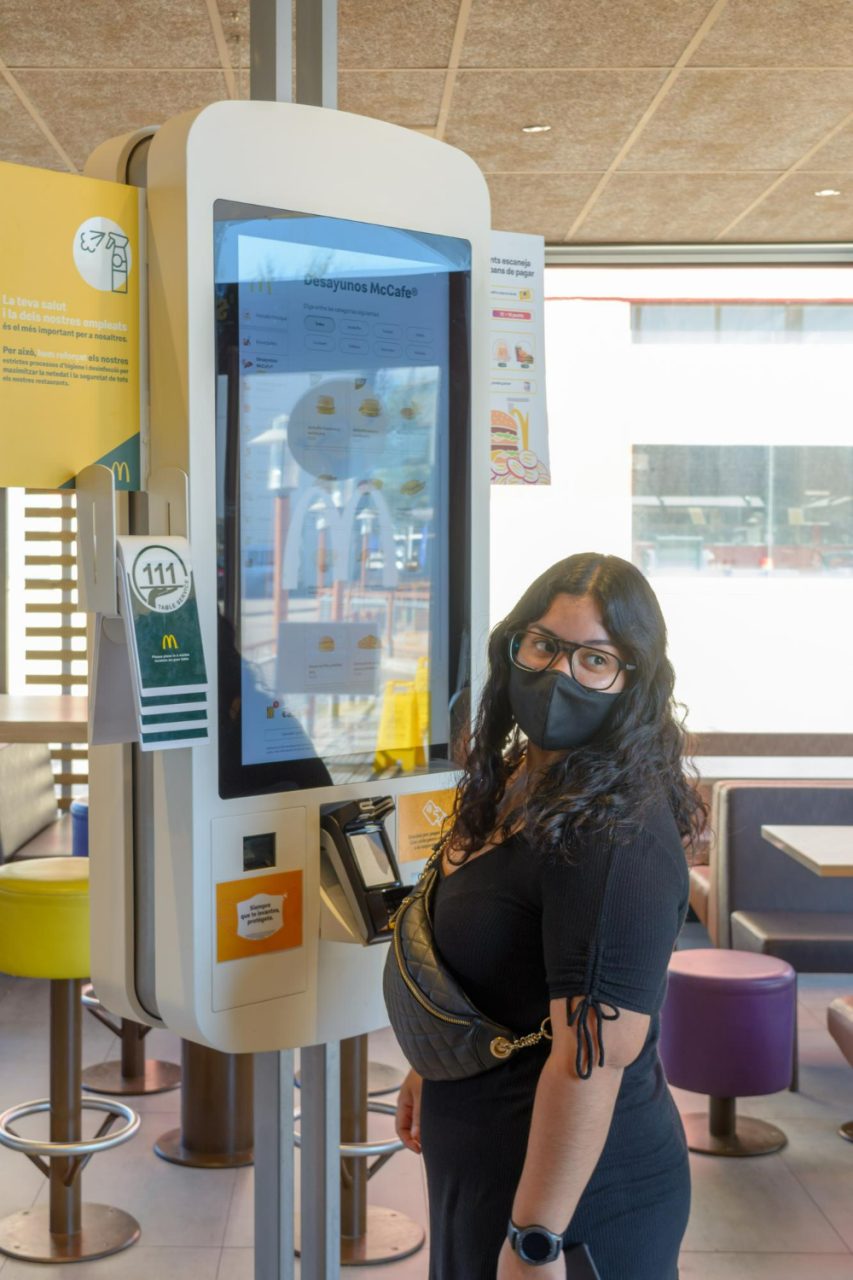
5 reasons why some customers face order anxiety
- Pressure of Quick Decision-Making: Fast food environments often require rapid choices, leaving little room for contemplation. This haste can overwhelm customers, especially those who prefer taking their time to make decisions or are trying a menu for the first time.
- Fear of Holding Up the Line: The presence of a queue and the awareness of other customers waiting can heighten stress, making individuals anxious about taking too long to order, leading to rushed decisions they might later regret.
- Complex Menus and Choices: An extensive menu with numerous options and customization opportunities, while appreciated for variety, can be daunting. Customers may worry about making the “wrong” choice under the gaze of waiting staff and patrons.
- Social Anxiety and Interaction: For customers with social anxiety, the prospect of speaking to a cashier, articulating their order accurately, and the potential for miscommunication can be significant sources of stress.
- Lack of Familiarity with the Menu: First-time visitors or those who dine infrequently at a particular fast food outlet might experience anxiety due to unfamiliarity with the menu. The fear of ordering something they might not enjoy or misunderstanding menu items adds to the apprehension.
The role of self-serve kiosks
Self-serve kiosks offer a user-friendly platform for customers to explore menu options at their own pace. This autonomy reduces the pressure to hurry, allowing customers to customize their orders without feeling judged or rushed. The kiosks’ visual menus also aid in decision-making, providing detailed descriptions and images of the dishes.
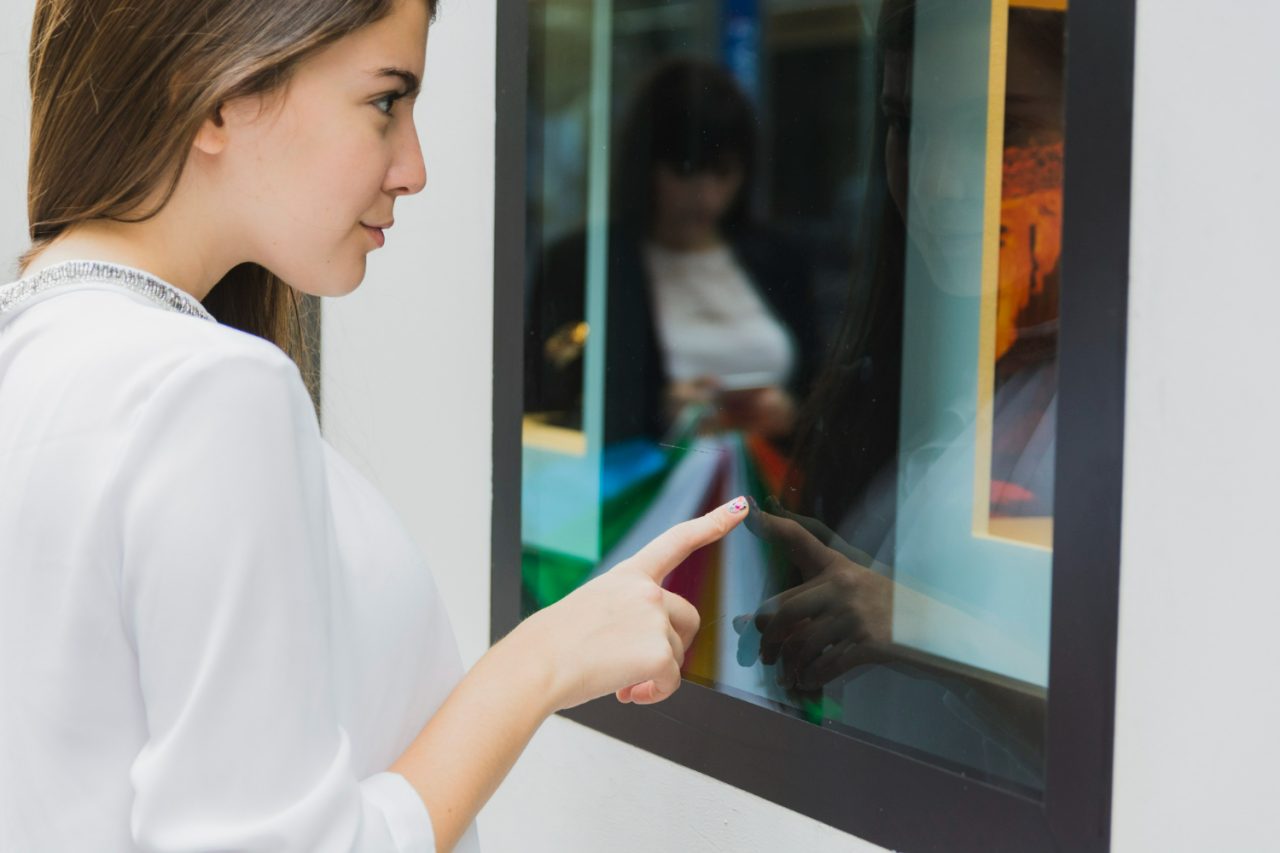
5 reasons why self-service kiosks’ visuals aid in decision-making
- Clarity of Options: Visuals on self-service kiosks provide clear and appealing representations of menu items, helping customers understand their options better. High-quality images can demystify menu descriptions, ensuring customers know exactly what they are ordering.
- Enhanced Appeal: Vibrant and appetizing images of food and beverages can significantly enhance the appeal of menu items. Visuals stimulate customers’ appetites and can influence their decisions by highlighting the most enticing options.
- Simplified Navigation: The use of icons and symbols alongside text helps in simplifying navigation through the kiosk’s menu. Customers can quickly identify different categories or special dietary options (like vegetarian or gluten-free) through visual cues, making the decision process smoother and faster.
- Increased Confidence in Choices: By providing a visual confirmation of what the customer can expect from their order, self-service kiosks help build confidence in their choices. This is particularly beneficial for new or complex items that customers might not be familiar with.
- Encourages Experimentation: With attractive visuals, customers might feel more inclined to try new or different items than they would typically order. This not only enhances the customer’s dining experience but also increases the average order value for the establishment.
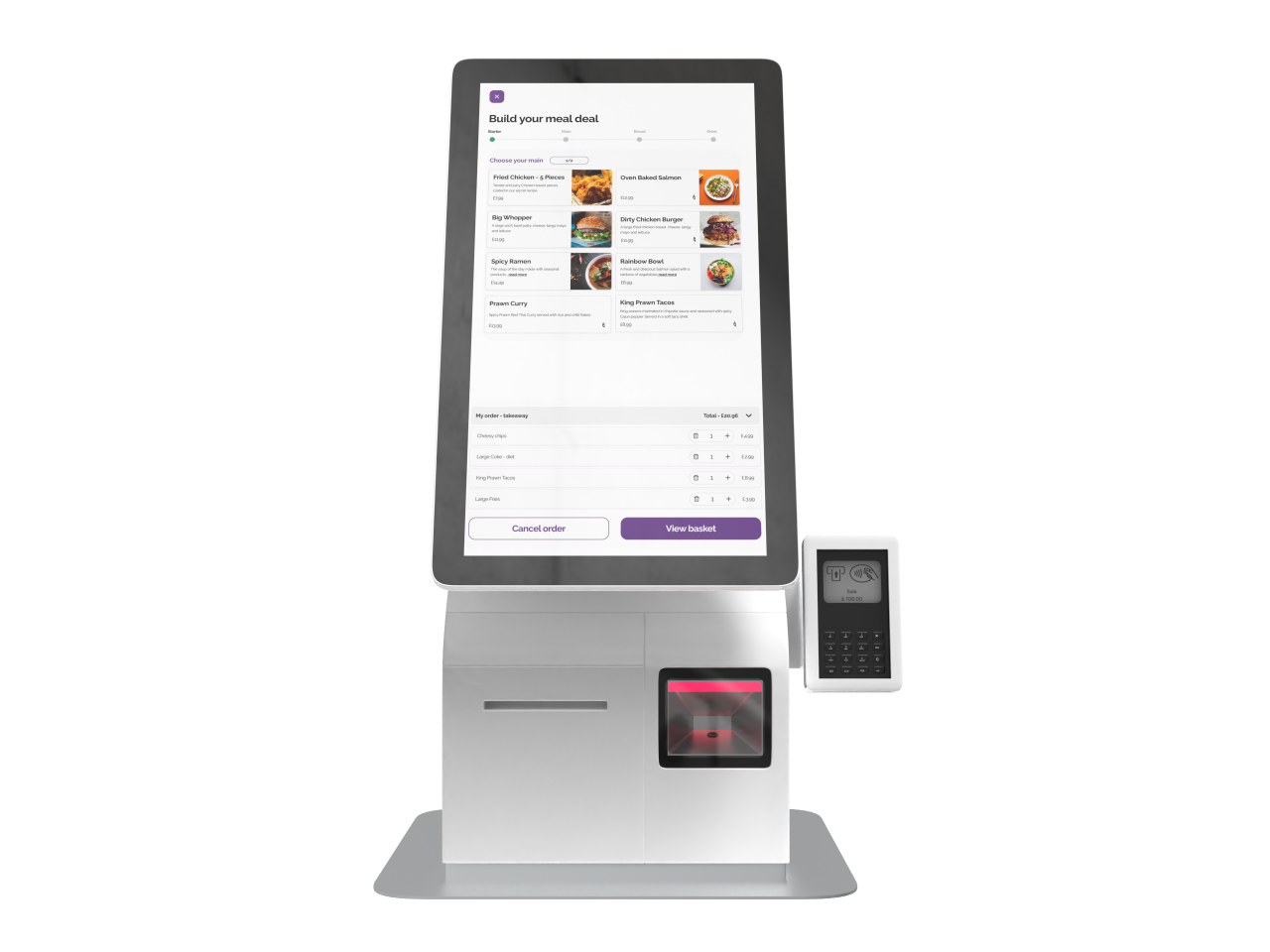
Elevate your hospitality experience with Grafterr’s Self-Serve Kiosks.
Starting at just £499, automate ordering, cut queues, and boost your revenue by 30% with our easy-to-use solution. Ideal for any setting, our kiosks promise faster service and a smoother operation. Buy now or book a demo to discover the future of customer service.
Enhancing the customer experience
Beyond alleviating order anxiety, self-serve kiosks contribute to a more personalized and satisfying dining experience. Customers can peruse the entire menu, discover new items, and tailor their orders to their exact preferences, all of which can lead to higher satisfaction and increased loyalty.
Streamlining operations
For fast food operators, self-serve kiosks not only enhance customer satisfaction but also streamline operations. By redirecting order input from staff to customers, restaurants can reallocate human resources to other areas, such as food preparation and customer service, further improving efficiency and reducing wait times.
Conclusion
Self-serve kiosks in fast food restaurants address the challenge of order anxiety head-on, offering a solution that benefits both customers and operators. By providing a stress-free ordering process, these kiosks not only improve the dining experience but also support the operational goals of fast food establishments. As technology continues to evolve, it’s clear that innovations like self-serve kiosks will play a pivotal role in shaping the future of fast food service.




